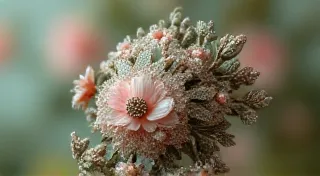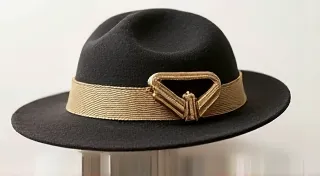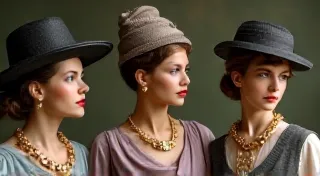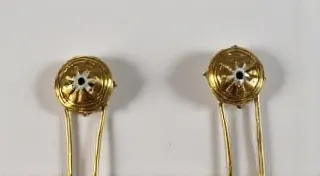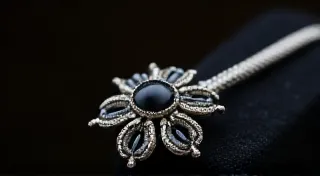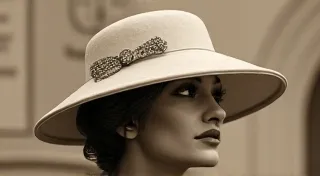The Role of Hat Pins in Victorian Social Customs
The Victorian era (roughly 1837-1901) was a period of immense social change, and within this era, fashion served as a powerful tool for expressing status, personality, and belonging. While elaborate gowns and intricate hairstyles defined women's attire, the humble hat pin played a surprisingly significant role in Victorian social customs. Far more than just functional fasteners, hat pins became symbols of wealth, status, and even playful social commentary. Understanding their role requires a deeper dive into the social landscape of the time.
More Than Just Function: The Rise of the Decorative Hat Pin
Initially, hat pins, like other early fasteners, served a practical purpose – to secure hats, which were typically quite large and unwieldy, to the head. However, as the Victorian era progressed, hat fashions evolved. Hats grew even larger, requiring increasingly elaborate and longer pins to hold them in place. This practical necessity paved the way for innovation and artistry. Jewelers and silversmiths quickly realized the potential for creating beautiful and ornate hat pins, transforming them into miniature works of art.
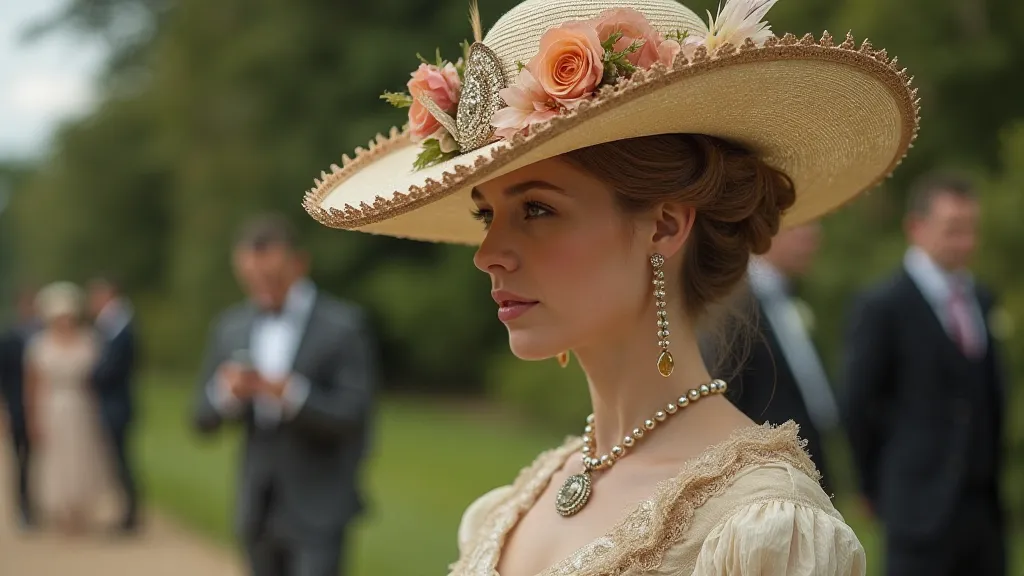
Etiquette and the Language of the Hat Pin
The length and design of hat pins were often dictated by social etiquette. Longer pins, particularly those with precious stones or elaborate designs, were considered more appropriate for formal occasions and among the upper classes. Shorter, simpler pins were acceptable for more casual settings. It’s important to note that displaying a particularly valuable or unique hat pin was a subtle way to demonstrate wealth and taste. The placement of the pin was also significant; certain angles or directions might convey a specific message – a playful flirtation, a sign of mourning, or a declaration of social standing. Although interpretations varied by region and social circle, the "language" of the hat pin was understood by those in the Victorian social scene.
Fashion Trends and the Hat Pin’s Evolution
The design of hat pins mirrored the changing fashion trends of the Victorian era. Early pins were often simple, made from precious metals like gold or silver and adorned with gemstones or enamel. As the era progressed, motifs became more elaborate, incorporating themes like nature (flowers, birds, insects), mythology, and historical figures. The Aesthetic Movement (roughly 1860-1880) heavily influenced hat pin design, encouraging naturalistic and organic forms. The Arts and Crafts movement brought a renewed focus on handcraftsmanship, leading to the creation of distinctive and unique hat pins.
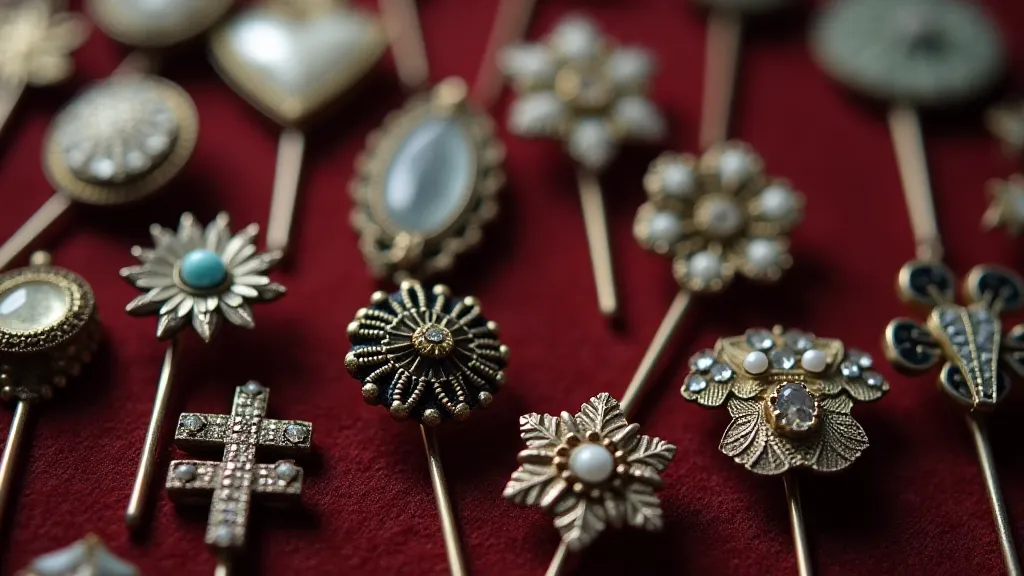
The Decline and Legacy
The popularity of hat pins began to decline in the early 20th century as hat styles changed and women's fashion became more streamlined. The rise of motorcars also played a role, as long hat pins posed a safety hazard while driving. Despite their diminished role in everyday fashion, hat pins remain a fascinating glimpse into Victorian social customs and a testament to the artistry and symbolism embedded within seemingly simple accessories.
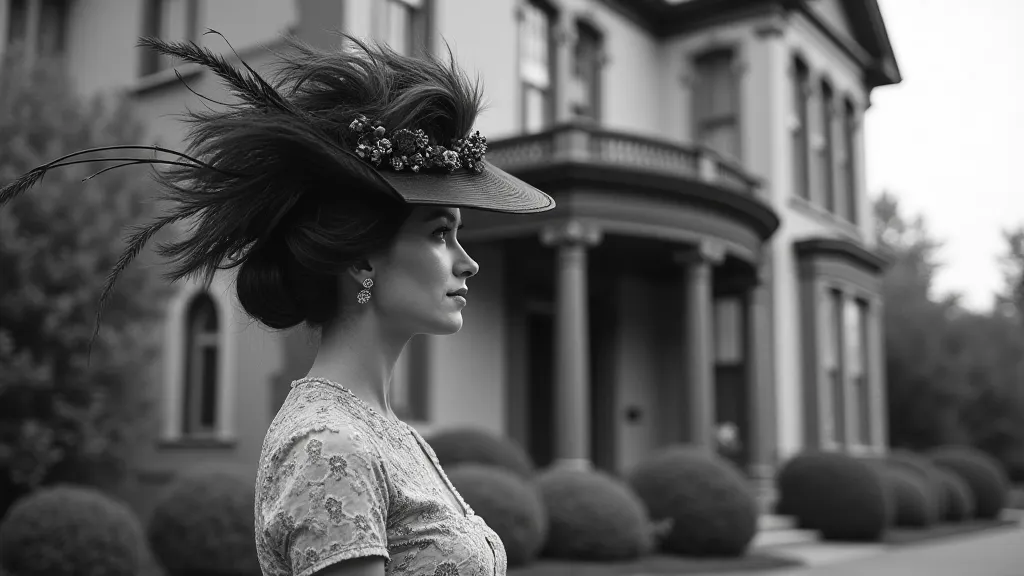
Collecting and Appreciation
Today, antique hat pins are prized by collectors for their beauty, historical significance, and the stories they tell about the Victorian era. Each pin offers a miniature window into the lives, tastes, and social dynamics of a bygone age.
